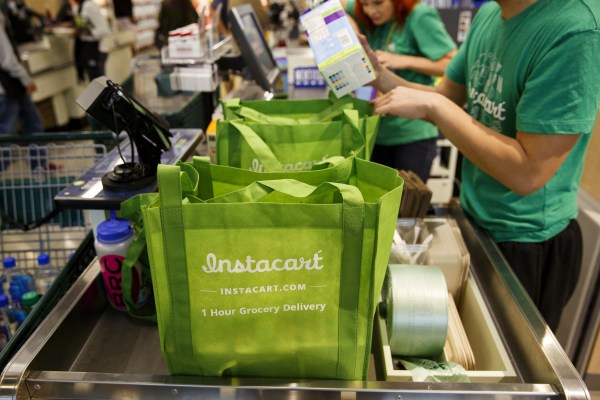
Online shopping service Instacart says reused passwords are to blame for a current spate of account breaches, which saw individual information belonging to numerous countless Instacart consumers taken and put up for sale on the dark web.
The business released a declaration late on Thursday stating its examination showed that Instacart “was not compromised or breached,” but indicated credential stuffing, where hackers take lists of usernames and passwords taken from other breached sites and brute-force their way into other accounts.
” In this instance, it appears that third-party bad actors had the ability to use usernames and passwords that were jeopardized in previous information breaches of other sites and apps to login to some Instacart accounts,” the statement checks out.
The statement follows BuzzFeed News reported that information on more than 270,000 user accounts was for sale on the dark web, consisting of the account user’s name, address, the last four digits of their credit card, and their order histories from as just recently as today.
Instacart said that the taken data represents a portion of the “millions” of Instacart’s clients throughout the U.S. and Canada, a spokesperson told BuzzFeed News.
However who’s actually to blame here: the consumers for reusing passwords, or the company for refraining from doing more to safeguard against password reuse?
Granted, it’s a little both. Any web user should utilize a distinct password on each site, and install a password supervisor to remember them for you anywhere you go. That suggests if hackers steal one of your passwords, they can’t get into all of your accounts. You should also enable two-factor authentication any place possible to avoid hackers from burglarizing your online accounts, even if they have your password. By sending out a code to your phone– either by text message or an app– it adds a second layer of protection for your online accounts.
But Instacart can not move all the blame onto its users. Instacart still does not support two-factor authentication, which– if consumers had actually allowed– would have avoided the account hacks to start with. When we examined, there was no choice to make it possible for two-factor on an Instacart account, and no reference anywhere on Instacart’s website that it supports the security feature.
Information published by Google in 2015 reveals even one of the most standard two-factor can prevent the vast bulk of automated credential stuffing attacks.
We asked the company if it prepares to roll out two-factor to its users. When reached, Instacart representative Lyndsey Grubbs would not comment on the record beyond indicating Instacart’s currently released declaration.
Instacart claims security is a “leading priority,” which it has a “devoted security group, along with numerous layers of security measures, focused on protecting the integrity of all consumer accounts and data.”
But without giving users fundamental security functions like two-factor, Instacart users can hardly safeguard their own accounts, not to mention expect Instacart to do it for them.
TechCrunch.

